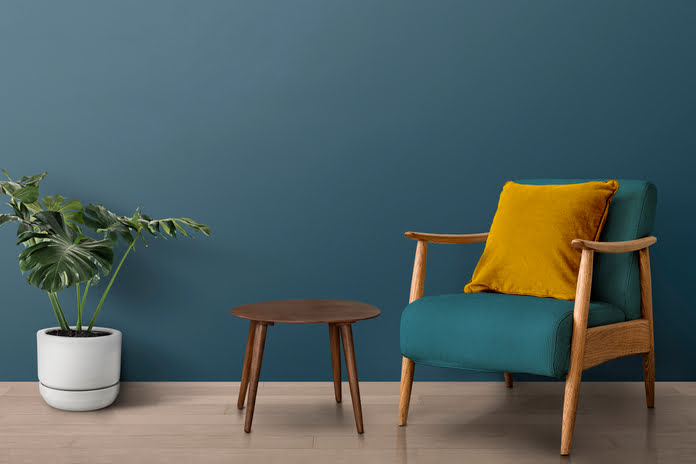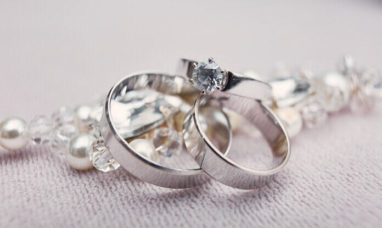Buy Furniture Advice: Wood
1. Be Familiar With the Types of Wood
Veneers, particle boards, and composite wood are the three types of wood used to make furniture.
Furniture made of solid wood is generally more expensive than other types and has a beautiful appearance, but it can be vulnerable to water stains and scratches. The base of veneers is made of cheap wood and is covered in a number of thin layers of better wood. Veneers cost less than solid pieces of wood because of the less expensive core. A combination of wood pulp, plastics, and resin—basically, the leftovers from the furniture industry—is used to make particle board and composite wood products. These pieces of furniture are made of the cheapest wood available, and while they may look good, they won’t last for many years.
2. Examine Cabinet and Drawers
Drawers and cabinets should be opened. Verify the drawer’s full-out pull, proper latch installation, and even closing. Make sure that doors open, stay open (rather than snapping shut as you’re attempting to remove something from the cabinet), and then shut once more. Take a look at the knobs and handles. They must not wiggle or turn, and they must fit snugly.
3. Keep Glue and Nails at Bay
Look for wood that has been glued or nailed in but is not attached at the ends or corners. In the making business, these heavier, more durable parts are called “wood joinery.” If you want to see some examples, look at Basic Woodworking Joints from Wood Magazine.
Advise on Furniture Fabric
4. Think About How You Live
Choose colors and fabrics that suit your lifestyle. My large, energetic dog, for instance, is always trying to get up on the furniture. A white suede couch I brought home would be destroyed and discolored in a matter of hours. Stick to dark hues and stain-resistant hard fabrics like linen or tweed if you have children or pets.
5. Use Colors in a Realistic Manner
An orange corduroy armchair that I once purchased from a furniture outlet store. I had orange, blue, and white accents throughout my home at the time, and I believed I would always adore those hues. “Forever” ended up being about a year, as it turned out. I eventually grew tired of the vivid orange and sold the chair for a small fraction of what I had paid. Be sure to avoid my error: For your larger and more expensive pieces, stick with neutral hues. Bold colors should only be used for décor.
6. Check Your Legs
The legs of the sofa or chair should be joined, not nailed, to the frame with heavy wood legs. Metal, plastic, or rubber legs are not as attractive, can damage your floors, and are less durable. The same is true for wood legs that have been nailed in. Find a sofa with a fifth leg in the middle if you’re spending more than $1,000 on one. You won’t find them on many less expensive sofas, but they do offer additional support.
7. Examine the Springs
Select a sofa with traditional coiled springs if you prefer firm seating. Choosing zigzag coils will give you a softer feel. Remove the cushions prior to purchase, then firmly press the sofa’s base. Immediately after pushing down, the coils should spring back into position.
8. Check the Pillows
Consider purchasing firm cushions with a matching removable cover on both sides. Long-term durability is improved by firm cushions. The price of fully covered cushions is slightly higher than that of those with a pattern on one side and a plain white or tan backing, but they will wear more evenly and last longer if you can flip them over every few months. Look for washable, removable covers.
Buy Furniture on a Budget
9. Make the Proper Purchase
There are seasonal variations in furniture prices. Stacy Johnson said in the video above that Memorial Day and Veterans Day, two days that are known for having good furniture sales are when you’ll find the best deals. But if you want the best price, wait until the Fourth of July or even Christmas, when furniture stores are under pressure to sell the last of their stock and provide the biggest discounts.
10. Take Used Furniture Into Account
As long as you thoroughly inspect used furniture, you can find excellent deals on it. You should inspect items for obvious flaws like rips, tears, stains, water stains, and scratches, but you should also lift up cushions to check for stains on the inside of couches and chairs. In order to determine its durability and comfort, sit on it for as long as possible.
11. Don’t Buy Furniture At All
Although I wouldn’t advise grabbing a stained couch off the side of the road, you’d be surprised at how much good furniture is offered for free. As an example, I recently got a really great kitchen table for free from my local Freecycle site. Not to mention friends and family, there is also the free section of Craigslist. They might be ready to give it to you when they’re done with it.
12. Dispute
I’m not a big haggler, but some people enjoy them. For more information, see Confessions of a Serial Haggler. Trying to talk down a salesperson makes me uneasy, so I’d rather wait for a sale. Cars and furniture, on the other hand, are two purchases that bargainers “must make.” Furniture stores have plenty of room to maneuver because of the high markups on furniture. As far as I’m aware, if you ask, they’ll discount 10 to 20 percent. Try a bonus instead, like free pillows or setup and delivery, if that doesn’t work.
Featured Image: Freepik © rawpixel







